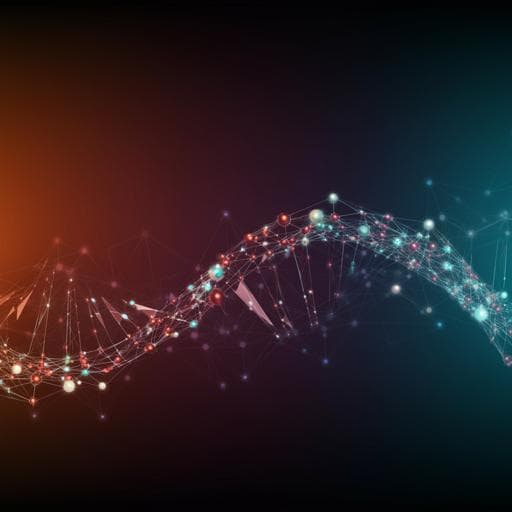
Medicine and Health
Modeling transcriptomic age using knowledge-primed artificial neural networks
N. Holzscheck, C. Falckenhayn, et al.
Discover the groundbreaking age clock developed by Nicholas Holzscheck and his team, which accurately predicts age from biological data while revealing aging pathways. This innovative machine learning model goes beyond traditional methods by providing insights into accelerated aging conditions and longevity interventions.
~3 min • Beginner • English
Related Publications
Explore these studies to deepen your understanding of the subject.







